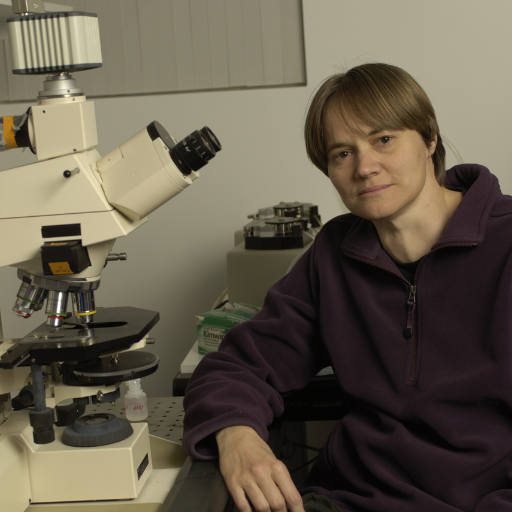Suitability of Hydrostatic Pressure Model for Studying Glaucoma

About the Research Project
Program
Award Type
Standard
Award Amount
$100,000
Active Dates
April 01, 2008 - December 31, 2010
Grant ID
G2008035
Acknowledgement
Goals
It has been previously shown that pressure has important effects on nerve cells in the eye. The way the pressure was applied to the cells in these previous studies may not be suitable for studying what occurs in glaucoma. This project will study whether this way of applying pressure to cells is useful for understanding the response of cells in glaucoma. They will repeat previous experiments, but will remove possible confounding effects. They will also measure oxygen levels and pH near the cells in a novel way that will help determine if the cells are being inadvertently exposed to a toxic environment in these experiments.
Grantee institution at the time of this grant: Imperial College London (UK)
Summary
The pressure in the eye is elevated in most forms of glaucoma. We know this leads to loss of retinal ganglion cell function, and hence vision loss, but we are not sure how this happens. Recently, investigators have exposed retinal ganglion cells and another supporting cell type (optic nerve head astrocytes) to elevated pressure, and studied their behaviour. They showed that pressure had important effects, but the way the pressure was applied to the cells may not be suitable for studying what occurs in glaucoma. In our research we will study whether this way of applying pressure to cells is useful for understanding the response of cells in glaucoma. To do this we will repeat previous experiments, but in such a way that possible confounding effects are removed from the experiments. We will also make direct measurements of oxygen levels and pH near the cells in a novel way that will help determine if the cells are being inadvertently exposed to a toxic environment in these experiments.
Related Grants
National Glaucoma Research
Assessment of Vascular Resistance in Glaucoma
Active Dates
July 01, 2025 - June 30, 2027

Principal Investigator
Brad Fortune, OD, PhD
Current Organization
Legacy Devers Eye Institute
National Glaucoma Research
Interleukin-10 As a Neuroprotective Factor in Glaucoma
Active Dates
July 01, 2025 - June 30, 2027

Principal Investigator
Tatjana Jakobs, MD
Current Organization
The Schepens Eye Research Institute, Mass. Eye and Ear
National Glaucoma Research
From Resilience to Vulnerability: How Stress Accelerates Aging
Active Dates
July 01, 2025 - June 30, 2027

Principal Investigator
Dorota Skowronska-Krawczyk, PhD
Current Organization
University Of California, Irvine



